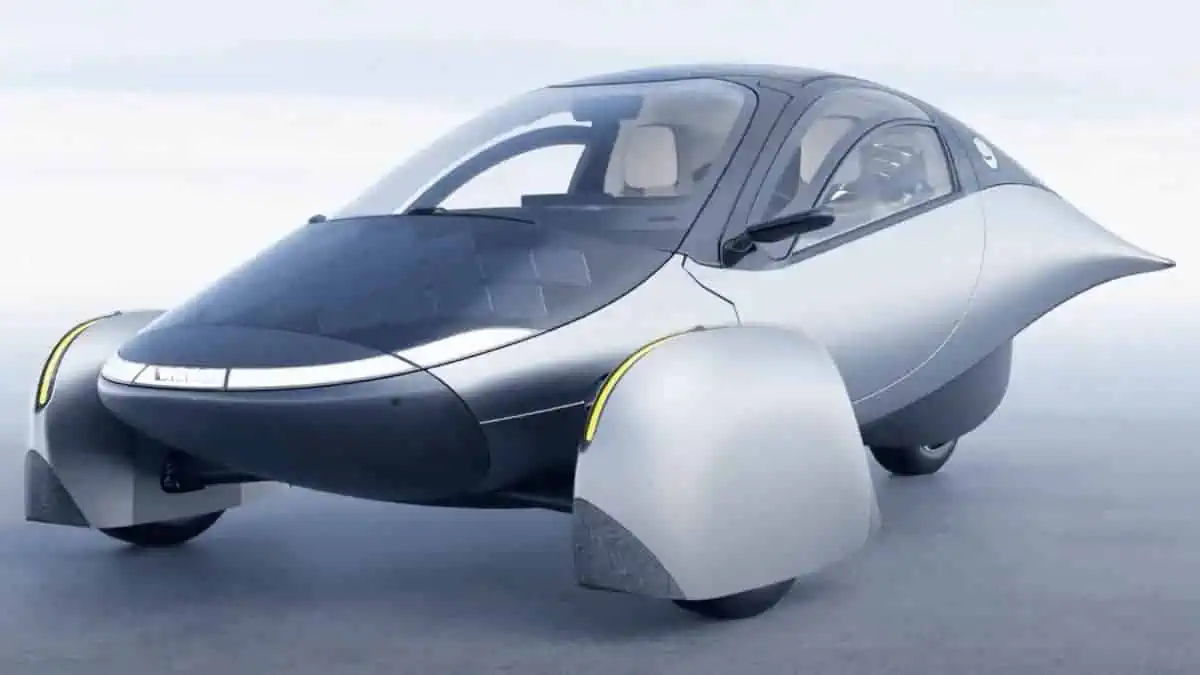Electric vehicle giant Tesla proudly announced that it can now install its new Prefabricated Supercharger Units (PSUs) in a revolutionary 4 days, marking a significant milestone for its charging network expansion efforts.
Tesla’s new Prefabricated Supercharger Units
Tesla, through its official Tesla Charging account, revealed its innovative approach to pre-building and installing its PSU V3 Supercharger stalls. What’s more impressive about this development is the reduced days it usually takes the Musk-led company to deploy its Supercharger stalls.
As mentioned, the PSUs now only require four days to be opened following their delivery date.
Original process
Installing fast-charging stations for electric vehicles is way more complex than most people assume.
Tesla originally needed to locate a property to build its new Supercharger station and obtain the property owner’s permission through a contract.
The company will then start building the Superchargers. At the same time, it must design the project and obtain the approval of the municipality and the local electric utility.
The process usually requires the local electric utility to conduct electrical upgrades to efficiently support the high power demand of larger charging stations like Tesla’s Superchargers.
Then, the company needs to instruct contractors to perform the installation and collaborate with the local utility to activate it.
Tesla may struggle with a major delay if the company encounters an issue with only one of the abovementioned steps.
Tesla accelerates Supercharger deployment
Tesla now seeks to accelerate the installation of its Superchargers with the PSUs it started developing a few years ago.
In hindsight, it initially demonstrated its ability to develop a 12-stall Supercharger station in just 8 days using the PSUs in 2022.
Now, the company optimized its PSUs with Supercharger V4 to enable a 4-day installation process.
Tesla boasts it can load 12 PSUs onto one hauling truck before shipping to station sites and craning into place after preassembling the Supercharger stalls with the concrete base at its Gigafactory in New York. Finally, Tesla will only need to connect the PSUs to the utility provider before they become completely operational.
This significant development will aid Tesla in accelerating its Supercharger network expansion to support the growing number of electric vehicles on the road, especially with the adoption of NACS among other industry players in the region.






